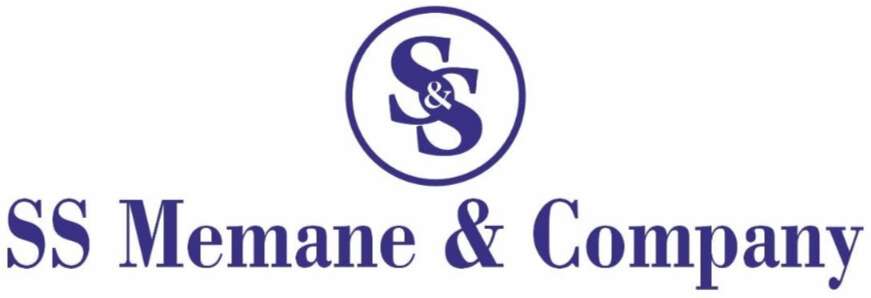Trademark Opposition
Quick Contact
Documents Required
- Pan Card
- Bank Account Details
- Aadhaar Card
- Business Address Proof
- GSTIN (if applicable)
Trademark Opposition
Trademark opposition is a formal objection raised by a third party against the registration of a trademark after it has been published in the Trademark Journal. Once a trademark application is accepted by the Trademark Registrar, it is published in the journal to allow the public to view and, if necessary, oppose the registration of the mark. Any person or entity who believes that the registration of a particular trademark could harm their existing rights can file an opposition.
The trademark opposition process is a crucial step in protecting intellectual property and ensuring that only legitimate trademarks are registered.
Grounds for Trademark Opposition
Similarity with Existing Trademarks:
The opposed trademark is identical or deceptively similar to an already registered trademark, potentially causing confusion among consumers.
Lack of Distinctiveness:
The trademark lacks distinctiveness and cannot distinguish the goods or services of one entity from those of others.
Descriptive Marks:
The trademark is purely descriptive of the goods or services, such as using common terms related to the industry.
Prohibited or Offensive Marks:
The trademark contains offensive or prohibited words, symbols, or logos under the Trademarks Act, 1999.
Misleading Nature:
The trademark is misleading or deceptive in nature, potentially causing confusion about the origin, quality, or type of goods or services.
Bad Faith Application:
The trademark application is made in bad faith, such as an attempt to monopolize a commonly used term or to take advantage of another entity’s reputation.
Prior Use:
The opponent has been using a similar or identical mark before the applicant and has acquired rights over it.
Required Documents:
Notice of Opposition:
A detailed notice stating the grounds of opposition, submitted in Form TM-O.
Supporting Documents:
Evidence supporting the opposition, such as previous trademark registrations, proof of prior use, advertisements, sales records, and other relevant documents.
Affidavit:
An affidavit by the opponent or a relevant party, supporting the claims made in the opposition notice.
Power of Attorney (if applicable):
If the opposition is filed through an attorney or agent, a Power of Attorney must be provided.
Counter-Statement (by the Applicant):
The applicant must submit a counter-statement, addressing each ground of opposition raised.
Evidence in Support of Counter-Statement:
The applicant’s evidence, which may include proof of use, distinctiveness, and any other relevant documents to defend the trademark.
Registration Process
Publication in Trademark Journal:
Once a trademark application is accepted by the Registrar, it is published in the Trademark Journal, where it remains open for opposition for a period of four months.
Filing the Opposition:
Any person or entity can file a notice of opposition within the four-month period from the date of publication. The opposition must be filed in the prescribed form (Form TM-O) along with the required fee.
Grounds for Opposition:
The notice of opposition should clearly state the grounds on which the opposition is based, providing detailed reasons why the trademark should not be registered.
Service of Notice:
The notice of opposition is served to the applicant by the Trademark Registry, informing them of the opposition filed against their trademark.
Filing of Counter-Statement:
The applicant has two months from the date of receiving the notice of opposition to file a counter-statement, defending their trademark and responding to the grounds of opposition.
Evidence Submission:
Both parties (the opponent and the applicant) are required to submit evidence to support their claims. This evidence may include documents, affidavits, and other materials that support the arguments presented in the opposition and counter-statement.
Hearing:
If required, a hearing may be scheduled where both parties can present their arguments before the Trademark Registrar. The Registrar will then decide based on the evidence and arguments presented.
Decision:
After reviewing the case, the Trademark Registrar will issue a decision. If the opposition is upheld, the trademark application will be refused. If the opposition is dismissed, the trademark will proceed to registration.
Appeal:
Either party can appeal the decision of the Registrar to the Intellectual Property Appellate Board (IPAB) if they are not satisfied with the outcome.
- Copyright 2024 © SS Memane || Designed By || Mr. Sunil Memane


